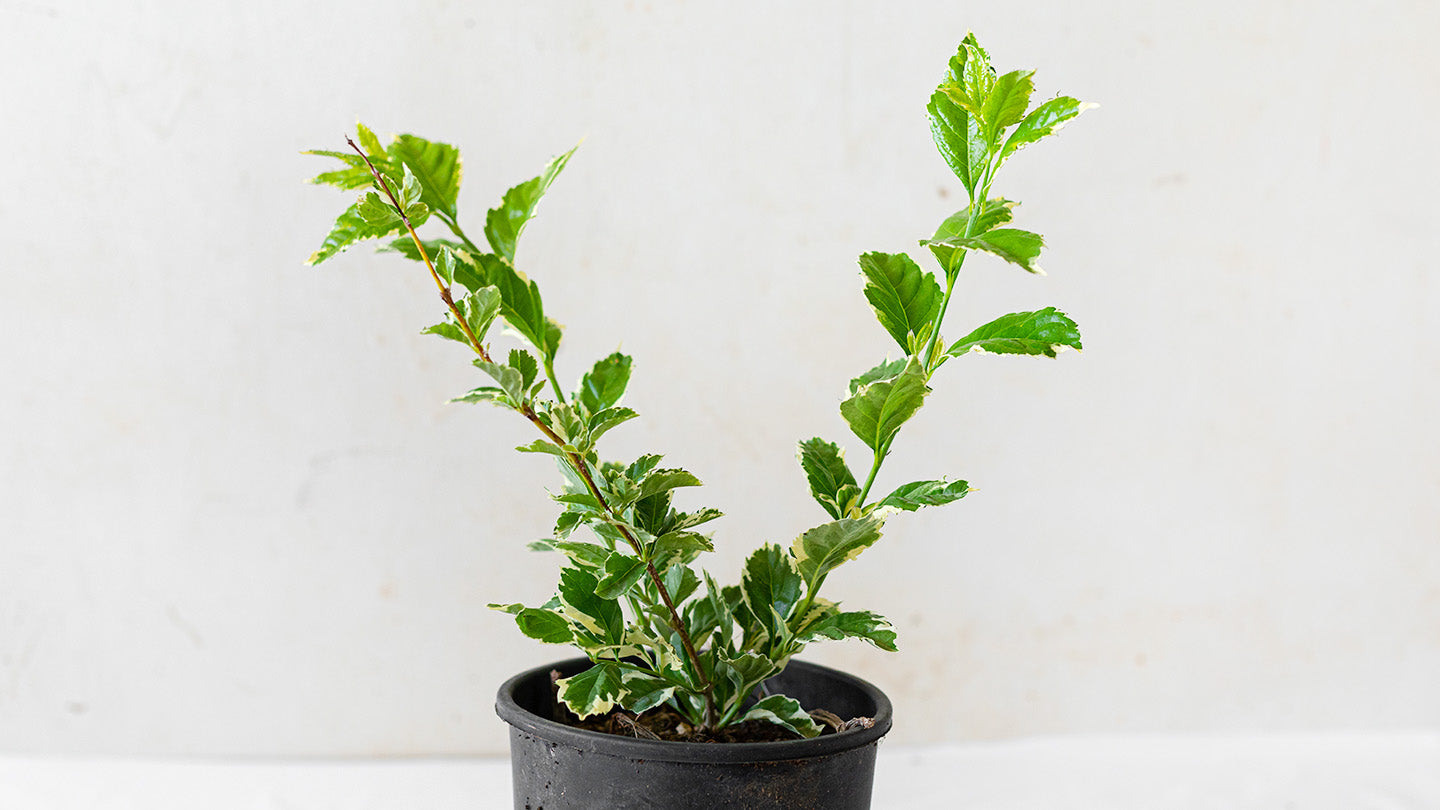cybloom
Duranta Variegated
Regular price
€8,00 EUR
Regular price
Sale price
€8,00 EUR
Unit price
per
Tax included.
Couldn't load pickup availability
Family: Verbena
Origin: Central and South America
The Size: 2-4 ft. tall, 1-2 feed wide (when grown as an annual); up to 18 feet tall as a perennial in warm-winter zones.
Growth: Duranta plant typically grows 2 to 4 feet tall in regions where it dies back in the winter, but it can achieve heights of 15 feet or more in warm-winter environments
Temperature & Humidity: The duranta likes it hot, and even triple-digit temperatures won't slow it down. If you are growing the plant in a container, bring it indoors when temperatures dip below 40 degrees Fahrenheit. Duranta plants do well in both dry and humid conditions. They also tolerate the salty air of beach climates.
Temperature & Humidity: The duranta likes it hot, and even triple-digit temperatures won't slow it down. If you are growing the plant in a container, bring it indoors when temperatures dip below 40 degrees Fahrenheit. Duranta plants do well in both dry and humid conditions. They also tolerate the salty air of beach climates.
Lightning: Duranta plants need full sun to get the energy they need to make blooms and berries. Plants growing in too much shade often get lanky and sparse.
The Soil: When growing duranta plants as annuals, provide rich, loamy soil to help the plants reach their potential in one growing season. Within their hardiness zone (10—11), duranta plants can tolerate lean soil, as long as they have good drainage.
The Soil: When growing duranta plants as annuals, provide rich, loamy soil to help the plants reach their potential in one growing season. Within their hardiness zone (10—11), duranta plants can tolerate lean soil, as long as they have good drainage.
Watering: Duranta plants require a moderate amount of water, especially before they become established. Plants growing outdoors need the equivalent of about an inch of rain per week. When growing in containers, water your duranta when the top inch of the soil feels dry.
Fertilizer: Duranta plants are not heavy feeders and can get by without any supplemental fertilizer in rich soil. In lean or rocky soils, you can use an all-purpose general fertilizer once a month during the growing season.
Reproduction: Propagating is not only a cheap way to increase your duranta plant population, but it's also a way to overwinter plants when the original specimen is too large to bring indoors. Duranta plants root easily from softwood stem cuttings. Take a 6-inch cutting of a woody stem in the summer. Dip the end of the cutting in rooting compound. Plant the cutting in a pot filled with well-drained potting mix and keep moist until the roots establish and new green growth starts. When well-rooted and actively growing, plant the sapling in the desired garden location, or in a large pot for growing indoors.
Features of Care: Duranta plant prefers a full sun location and moist but well-drained soil, but it will tolerate some shade, albeit with reduced flowering and a lankier growth habit. In cold-winter zones, it is very easy to grow as an annual, since the plant will die back to the ground each winter. In warm-winter zones where it grows as a perennial, some additional care is needed—especially some annual pruning to keep the plant tidy and well-shaped.
Difficulties: It's common for duranta plants to drop its "outdoor leaves" when a potted plant is first brought indoors for the winter season. This is no cause for worry, as new "indoor leaves" will soon begin sprouting


